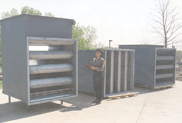
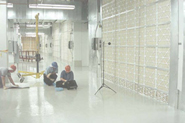
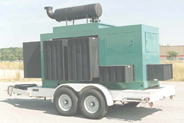
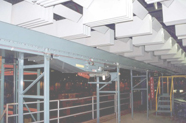
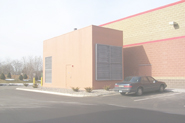
Environmental Noise & Impairment Liability Analysis
Predictive Computer Simulations & Analysis Services For Proposed and Existing Facilities
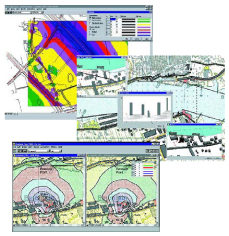
Computer Acoustic Simulation & Analysis (CASA)
- Creating noise maps based on prediction using real data and/or projected
- Identifying of prominent noise sources
- Proposing and showing the effect of noise reduction solutions prior to implementation
- Ranking noise sources by SPL
- Monitoring and controlling the noise environment of a geographical area
- Industry can ensure compliance with environmental legislation
- Identify and provide solutions to noise problems
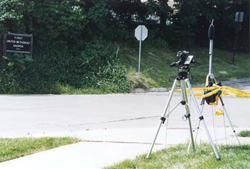
Figure 1
Acoustic Data & Precise GPS Location Acquisition
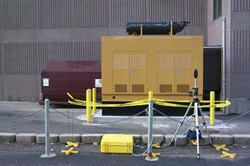
Figure 2
Acoustic Test Data for Calibration of CASA Model
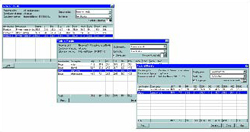
Figure 3
Typical Results Tables Generated by CASA
CASA is used to make an electronic model of the acoustic environment of a geographical area, for the prediction and control of outdoor noise. CASA software improves upon traditional calculation techniques, by allowing easy change and re-calculation of the mathematical model, giving the client the chance to compare a number of different scenarios.
Noise level prediction is a widely used tool for predicting the noise impact of changes in the noise environment, such as land development, changes to machinery or building use. This technique is also used to plan or design environments, where noise management is necessary. In complex environments, it can be difficult with traditional techniques to see exactly how each noise source contributes to the overall noise picture. CASA can do this by ranking the individual noise sources to clearly show the importance of each source. The effect of noise reduction can also be studied by introducing a reduction to the emission of a source (or groups of sources).
CASA makes available immediate "what if" results. For example, "What if all exhaust ventilators are reduced by 6 dB?" Moreover, color-coded sound pressure contours visualize the situation in an easy to understand way. Quite often with traditional measurements, it is not possible to accurately measure the noise emission from a single factory or road due to the existence of other noise sources which cannot be shut off, for example a neighboring factory. In such cases, sound power levels can be measured and the results assigned to a factory group created in the CASA model. CASA then takes account of the contribution from all the various noise sources, and is able to "switch off" specific sources allowing easy identification and isolation of a noise source, and indications of potential noise problems.
The result of calculations can be shown as a suite of result tables (figure 3) and/or as graphical presentations. CASA can quickly verify that the model represents reality and identify noise problems, by comparing predicted values to legal limits.